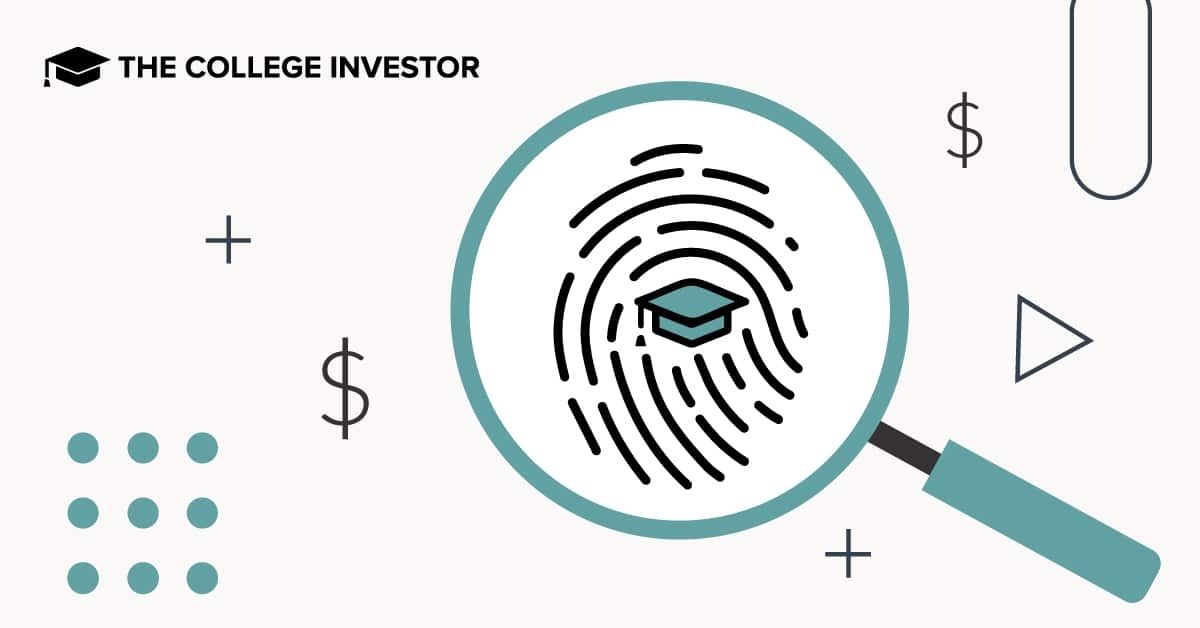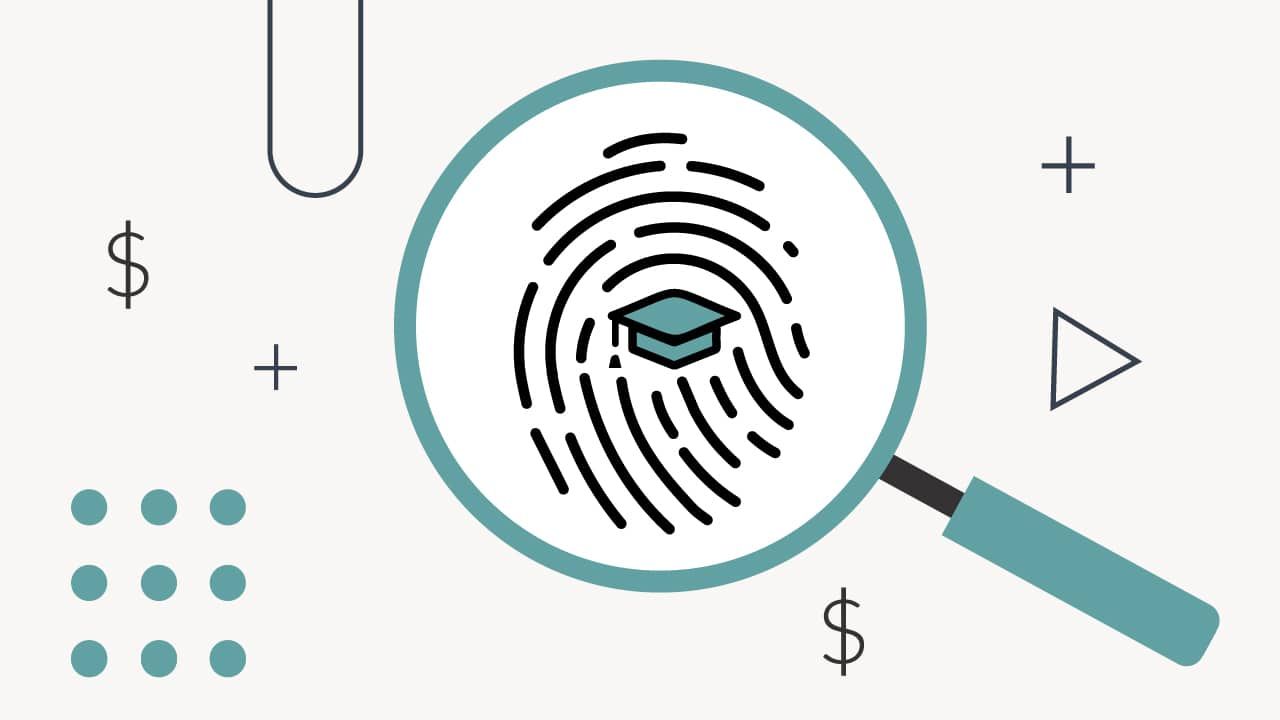
You are ready to go back to school and so you go to apply for a student loan with the best rate.
The problem?
Someone already took out student loans in your name and now you, the real you, cannot take out any more money for school.
Education is expensive enough when you take out loans on your own!
And now you have to deal with a mess somebody made when you were not looking?
Unfortunately, student loan identity theft is a real problem that happens and continues to happen. It's hard to prevent because so much personal information about you is already "out there".
Let's talk about what you can do to prevent this from happening in the first place and what you can do if you find out someone took out student loans in your name.
How Can Someone Take Out Student Loans With Your Information?
It's kind of crazy to think about - how could someone even take out student loans with your information? I mean, they would need to know a lot about you! But sadly, it happens.
The FTC received over 1,300,000 identity theft complaints last year. Of that, 197,950 were specifically about loans, and another 24,238 were specifically about education products. Put two and two together - this bad stuff happens.
With that said, we see two big types of student loan identity theft.
- Federal or Private Student Loans Opened Under Your Name
- Parent PLUS Loans Where A Child Opens The Loan Without The Parent's Knowledge or Consent
It's very hard to stop either of these, because so much of your personal information is already out there. It's even more difficult with student loans because a common offender is usually family - so they have access to a lot of information already.
It's important to know that, in order to get a student loan, the borrower must be enrolled in a qualifying Title IV school. They would also need all of your personal information. If they opened a student loan in your name (not a Parent PLUS Loan), chances are they also enrolled in a school in your name - usually a vocational school. The sole purpose was to maximize the loan, and get as much cash as possible.
If your child forged your information to open a Parent PLUS Loan, we have an entire article devoted to this subject because it's trickier. See this: What To Do If Your Child Forged Your Name For A Parent PLUS Loan.
What To Do If Your Identity Has Already Been Used To Take Out Student Loans?
Life happens and sometimes these malicious people do in fact end up stealing other people’s identities and pulling stunts like taking out student loans.
Why would somebody take out student loans if it isn’t in their name?
Who wants to get a degree that is not in their name?
The truth is, while Federal Loans are disbursed to student to use for educational expenses, these identity thieves can in fact take the money and use it for other purposes.
So what can you do?
Here’s an outline of the steps you need to take immediately you find out someone took out student loans in your name.Note: The IdentityTheft.gov website has an excellent system that will create a personalized recovery plan based on the report you give them. They also have a team you can chat with online Monday through Friday 9am-8pm EST.
If you plan on taking out student loans yourself for school, these steps will help you get started with the recovery process so you can do so.
However, we do realize that it could be a long journey of trying to clear your name and getting your credit straightened out.
Although grueling, I will encourage you to stay the course until it is all cleared up so you are not paying for someone else’s mistake for the rest of your life.
8 Tips For Protecting Your Identity
It is never too early and you can never be too cautious when it comes to protecting your identity from thieves.
Taking these steps to keep your personal information safe is the best move when it comes to protecting your identity from malicious people.
Final Thoughts
Being a victim of any type of identity theft is nothing to ever wish on anyone.
Student loan debt that was not incurred by you can be a stickier situation and have a long-lasting effect on your credit if you don’t act immediately.
You are moving in the right direction if you take the steps outlined above - immediately.
Have you been a victim of Student Loan Identity Theft? What did you do to clear things up?

Robert Farrington is America’s Millennial Money Expert® and America’s Student Loan Debt Expert™, and the founder of The College Investor, a personal finance site dedicated to helping millennials escape student loan debt to start investing and building wealth for the future. You can learn more about him on the About Page or on his personal site RobertFarrington.com.
He regularly writes about investing, student loan debt, and general personal finance topics geared toward anyone wanting to earn more, get out of debt, and start building wealth for the future.
He has been quoted in major publications, including the New York Times, Wall Street Journal, Washington Post, ABC, NBC, Today, and more. He is also a regular contributor to Forbes.
Editor: Clint Proctor
